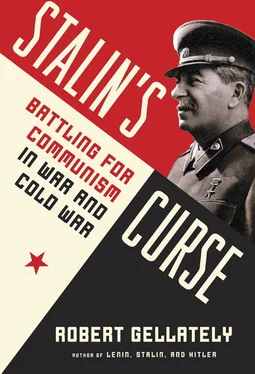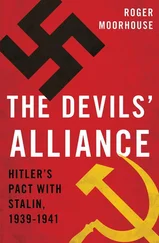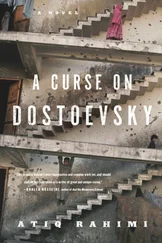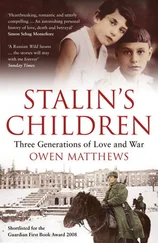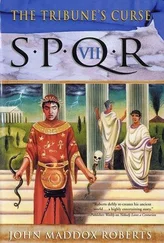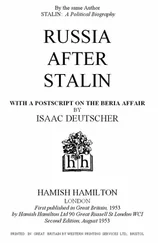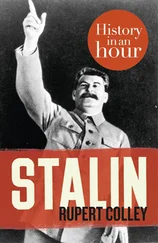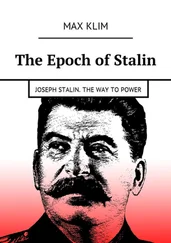If Leninism provided the faith and the big idea, when did Stalin cross the psychological threshold of being willing to kill for it? Soon after May 1899, when he was expelled from high school, in fact a seminary, he became involved in labor politics in Georgia’s capital, Tiflis, and in its second city, Batumi. He was entering a violent world, particularly after a great railway strike in August 1900. The police frequently shot at strikers and tried to infiltrate the ranks. Workers responded with savage reprisals, including maiming and murdering the staff of certain companies. Stalin’s complicity in a first killing has been traced to 1902. However, here, as in several subsequent cases from the pre-1914 period, we have no direct evidence. 2The party in the Caucasus condemned anarchism and wanton terrorism, yet it certainly did not shirk from getting rid of police spies. 3
Until he was sent off to Siberia in 1913, Stalin “was not outstandingly different from other revolutionaries in behavior, thought, and morality.” 4When he returned from exile in 1917, he was soon thrust into a position of authority, and especially in the civil war that followed to 1921, he went through the whole range of events—as commissar, government speaker, and party journalist. He served as one of Lenin’s troubleshooters, and in July 1918 he was in Tsaritsyn on a mission. It was there for the first time that he ordered executions in his capacity as a member of the new government. 5Perhaps he had done so before, but the civil war years represented a new stage in his revolutionary career, and Tsaritsyn was special. As if to recognize that, in 1925 he allowed his comrades in government Mikhail Kalinin and Abel Yenukidze to suggest renaming that city on the Volga in his honor, as Stalingrad.
Stalin’s direction of state-sponsored killing of political enemies can be traced to the civil war, through the Great Terror of the 1930s, the Second World War, and into the Cold War. A scrupulous follower of Leninist teachings, he regarded violence as a tool that the skillful revolutionary wielded against a mighty enemy, namely the capitalists and their enablers. He killed apparently without remorse, if and when that helped him get what he wanted, though more often he used the old tsarist weapon of deporting individuals and even whole ethnic groups deemed to be “enemies.” During the 1930s in particular, violence took on a momentum of its own and became counterproductive. For that reason he reined it in.
It is entirely possible that Stalin was or became a psychopath, as asserted recently by Jörg Baberowski in an account focusing mainly on the terror in the 1930s. Yet Baberowski is surely mistaken to claim that Stalin simply “liked killing” for its own sake, that the “violence was an end in itself” and bore no relation to the perpetrators’ ideology or motives. 6To the contrary, as I show, Marxist-Leninist ideology as interpreted by Stalin drove the men at the top, just as it inspired many millions more. His interpretations of the sacred texts deeply affected the country’s economic, social, cultural, and foreign policies. The life of every citizen was transformed.
Stalinism was more than terror, and its ideas dominated the Soviet Union and Eastern Europe for decades to come. Stalin’s influence affected other Communist regimes around the globe, such as in China. In 1949 Mao Zedong began his regime by consciously emulating the Stalinist model, and in the first three years he and his followers, according to one historian, “wrought more fundamental changes in China’s social structure than had occurred in the previous 2,000 years.” 7
While the makeup of Stalin’s psyche may have been set early, it took time for his more cruel propensities to be revealed. In the 1920s he became identified with making “socialism in one country,” a moderate adaptation of “orthodox” Marxist-Leninist theory, which said that the revolution in Russia, to be kept alive, had to spread beyond its borders to the West. In the circumstances after Lenin’s death, the Red tide ebbed everywhere else in Europe, but in Russia the “one country” approach was appealing even to militants, who now willingly turned to getting the Soviet system up and running. By the end of the decade, Stalin began attaching special urgency to what became the great national modernization project. He fostered industry, introduced the collectivization of agriculture, and sanctioned the use of terror against anyone who stood in the way. Good Bolsheviks and former allies like Nikolai Bukharin, who counseled moderation, came under suspicion, were pushed aside, and several years later met their end.
It is certainly remarkable that, regardless of their political differences, no one in the Soviet hierarchy, certainly not Stalin or even Bukharin, ever gave up on achieving Lenin’s dream of bringing their great truth to the rest of the world. The Bolsheviks prided themselves on being in the vanguard of a great international socialist movement that would overcome nationalist hatreds and war. Lenin swore back in 1919 that after Communist revolutions swept over Western Europe and beyond, the Marxists would eventually establish a “World Federative Republic of Soviets,” in which all states would be independent, with fraternal links to Moscow. 8A year later Stalin thought that new Communist states of the future, like “Soviet Germany, Poland, Hungary, Finland,” and so on—anticipating the success of leftist revolutions—would not be ready “to enter immediately into a federative link with Soviet Russia.” He considered that “the most acceptable form of approach [for such states] would be a confederation (a union of independent states).” 9However, they surely would become part of some sort of Red Empire eventually.
According to Lenin, wars among the capitalists were endemic, and sooner or later the new Soviet regime, already encircled by these powers, would be attacked. Stalin’s variation on that theme was to press on with the great changes, avoid getting bogged down in international conflicts, and enter the battle only to win like “the laughing third man in a fight.” That theory nearly led to utter disaster in mid-1941 when, thanks to the Kremlin’s astonishing mistakes, Hitler’s attack caught the Soviet Union by surprise and pushed it to the brink of defeat.
Even so, Stalin soon theorized that Hitler was unwittingly playing a revolutionary role. According to this updated Kremlin view, the destructiveness unleashed by the Germans would soon present the Communists with the first real opportunity since the Great War to take up anew the old Leninist imperative to carry the revolution to the world. In this book, I trace how Stalin and his comrades tried to capitalize on the intense passion and political conflicts of the war against the fascists and how, in doing so, they played a major role in bringing about the Cold War and an arms race.
Already in the 1930s, Stalin had become a dictator in everything but name and was prone to using terror as a method of rule, justifying it in the name of guarding the revolution from its internal and external enemies. At the same time, he and others fostered a leadership cult that turned him into a god. He inspired activists at home and abroad, as well as fellow travelers and sympathizers around the globe. In the wake of the Second World War and with his help, some disciples imposed Stalinist-style regimes. They varied in severity and repression, for a host of reasons I will explain. Nowhere, however, could any of these systems allow democratic freedoms to survive, so that long after Stalin was gone, many millions of people shouldered his heritage as a heavy burden and even a curse.
In this book I trace the origins of this misfortune to its incubation period, which stretched from the first days of the Second World War in 1939 to Stalin’s death in 1953. I examine the central part he played in those event-filled years, when he and his followers battled for Communism in Europe and around the globe. I have taken a fresh look at the issues, using a wide variety of primary Russian documents and other sources from Eastern Europe, released since the demise of the Soviet Union, as well as German, American, and British materials.
Читать дальше
